How Your Diet Impacts the Environment
Posted by Pawan Saunya onEvery time you buy and eat food you are having an impact on the environment. The food we eat requires land, water, fertilizer, and transportation, resulting in agriculture being one of the top 5 greenhouse gas emitting industries in the world. Luckily, some food is less destructive on the environment than others, meaning we can all reduce our carbon footprints by changing where we buy, what we buy, and how we buy our food.
WHERE YOU BUY:
Changing where you buy your food can greatly alter how much carbon is emitted from your diet. A lot of grocery store chains fly in food from countries across the world, resulting in a lot of carbon emissions from cargo travel. Farmers markets and local co-ops, on the other hand, generally sell food that was sourced from local farmers, resulting in very few emissions from transportation. Buying from these local sources means you’re lowering the carbon footprint of your diet while also supporting your local economy. It will also force you to buy produce that is in season in your area, meaning it will be of higher quality and won’t have been grown in a greenhouse (which is a very energy intensive method of growing).
WHAT YOU BUY:
Changing what you eat is arguably one of the most important things you can do to not just lower the carbon footprint of your diet, but to lower your carbon footprint as a whole. Animal products like meat and dairy require a lot of land, water, animal feed, and processing among other resources, making them a high emitter of greenhouse gases when compared to plant-based foods like fruits, vegetables, beans, and legumes. The Environmental Working Group conducted a study in 2011 that looked at the emissions of animal products vs. plant-based products, and found that every animal product emitted at least 4.8 kg of CO2 per kg of product, with the most emitting animal product, lamb, emitted a stunning 39.2 kg of CO2 per kg of product. This is vastly more than the plant-based products they evaluated, as the highest emitting plant-based product, potatoes, emitted just 2.9 kg of CO2 per kg of product. This is such a drastic difference, that some scientists say you could cut your carbon footprint by half just by cutting out animal products from your diet.
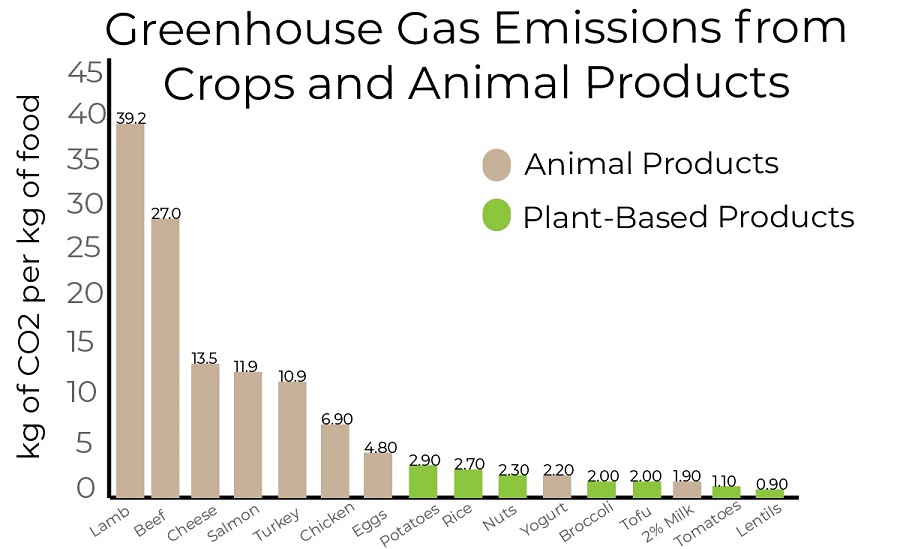
Graphic created by Kayla Guilliams with information adapted from the Environmental Working Group.
HOW YOU BUY:
Changing how you buy won’t drastically change your carbon footprint like changing where you buy and what you buy, but can greatly reduce how much waste you produce. When you go shopping, bring both big reusable bags and small reusable produce bags to avoid plastic bags. If your local store has a bulk section, buy your dry goods from them using reusable bags. If they don’t, buy these goods packaged in materials like cardboard, metal, and glass rather than plastic. Plastic pollution is plaguing our lands and waterways, and avoiding it as much as possible when food shopping can help with this epidemic.
If you take anything from this article, take this- buy locally, buy plant-based, and buy without plastic. You don’t have to go cold turkey on your old habits- take it one step at a time. Every time you buy an apple from the farmers market rather than a chain store, every time you buy legumes instead of steak, and every time you use a reusable bag instead of a plastic bag, you are making positive steps to reduce your carbon footprint- and every step counts.

Kayla Guilliams
Is the blog manager for Zero Waste Club, combining her love for writing with her passion for all things environmental sustainability. She is currently a student at the University of North Carolina at Chapel Hill where she is studying journalism, environmental studies, and food studies in hopes of building a career in environmental activism. You can find her on Instagram as @kaylaguilliams.
Zero Waste for Beginners
Posted by Pawan Saunya onZero waste in the kitchen, bathroom and on the go
Whether you are a complete beginner to the zero waste lifestyle, are embarking on a zero waste challenge this month or want some tips on how to reduce your household waste, any change no matter how big or small is a great way to be more environmentally conscious.
Some things you can start with:
A reusable water bottle; just think of how many plastic bottles you will save!
A thermos mug; you get discounts in most cafes for bringing your own coffee cup too
Non disposable cutlery and straw (bamboo, glass, stainless steel)
A tote bag for shopping; also saves you a bit of money from not having to purchase a plastic bag at the supermarket
Jars to store and refill food in; this is easy just wash and reuse any empty jars from pickles, sauces, peanut butter, jams etc.
A lunchbox if you eat out a lot; bringing your own container also gets you discounts in some markets and cafes.
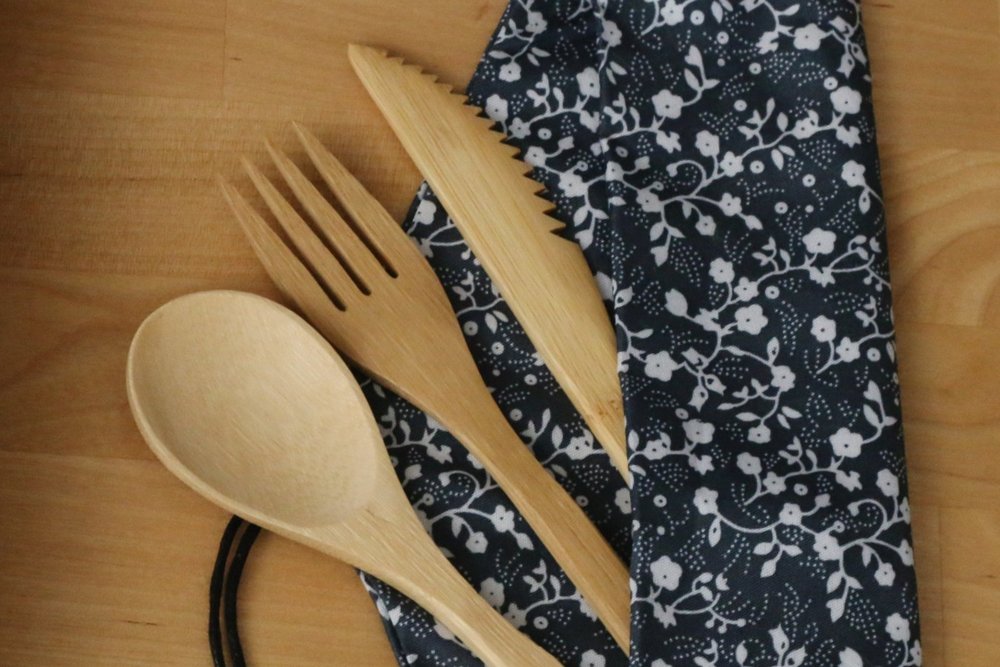
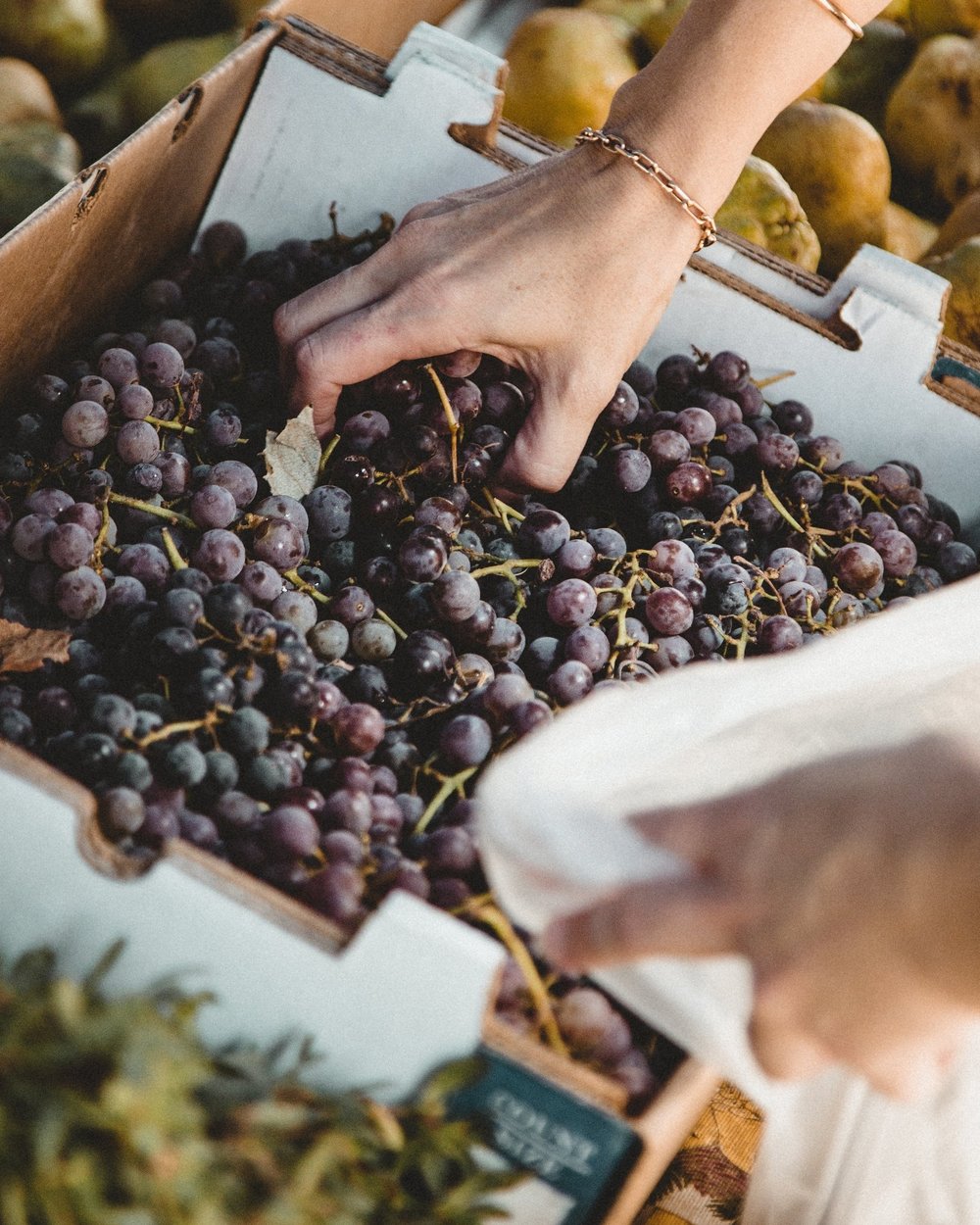
Food
Bulk or refill stores are great because you can bring your own jars, bottles and boxes or use paper or cloth bags to buy any amount of dried goods. It is more cost effective than shopping at supermarkets since you can buy smaller quantities of only what you need and will use, thus reducing your overall food waste.
Find the nearest one to you on: https://zerowastenear.me/
Farmers markets; if there are any near you are a great option too as most produce will be package free and you can buy fruits and vegetables loose. Remember your own bags and containers so you can leave all boxes or plastic trays to the vendor who will reuse them.
Some supermarkets sell their vegetables and fruits loose but not all, so visit the ones near you to see what you can buy package free; think cardboard, glass, jars, and cans instead of any sort of plastic packaging which come in all forms so read labels to check.
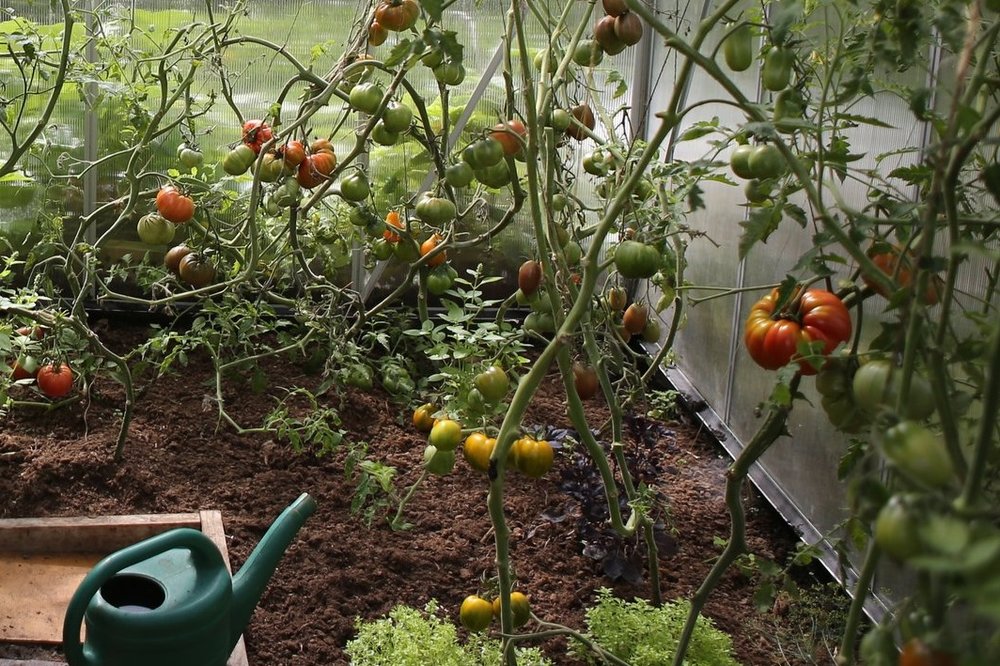
Reduce waste in the kitchen by
Storing perishable items in the fridge, any leftovers in the freezer for later consumption
Compost any vegetable and fruit scraps or dispose in an organic waste bin
Don’t buy or cook more than you know you will be able to consume in a certain time period
If this is difficult make a meal plan and buy only what is needed to cook your meals for that week so nothing goes to waste
Grow your own herbs on your window sill, or even fruits and vegetables if you have space in your garden. Eating your own homegrown food is so rewarding, completely organic, and you are nourishing yourself as well as the earth!
Cleaning:
Reusable and washable cloths and kitchen towels
Biodegradable sponges and non disposable or bamboo cleaning brush for dishes
Three essential ingredients to clean with: lemon juice, white vinegar, and baking soda, (essential oils optional for smell) are all you need product wise and work for every room and surface in the house.
Clothing:
Repair, mend, or sew any holes or rips instead of buying new identical items
Swap clothes you no longer want or need with your friends and family members that may be interested, otherwise donate them to charity shops.
Similarly when looking for new items visit charity shops, or buy second hand from stores, apps, websites and marketplaces instead of buying into fast fashion brands.
Bathroom:
Bamboo toothbrush, this is biodegradable and needs to be changed every three months
Cleansing pads that you can wash and reuse over and over again instead of wet wipes or cotton pads which have devastating environmental impacts and are responsible for sewage blockages
Toothpaste and mouthwash can be found in jars or bottles but you can also make your own
Bar soap and bar shampoo
Menstrual cups and washable sanitary towels
Stainless steel razor
Natural sponge that is biodegradable
-
Refillable body wash or shampoo if you opt for the liquid version, the same goes for toner and make up remover unless you decide to make your own!
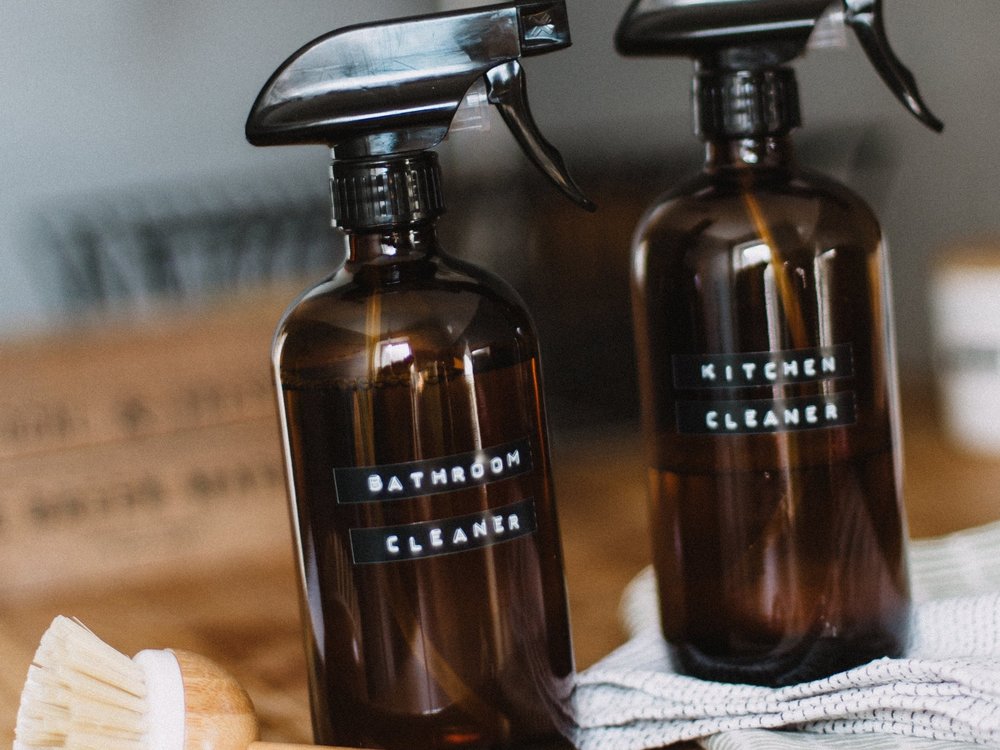
Zero waste is a long-term goal which is not necessarily achievable; actually in today’s day and age it is virtually impossible to live completely waste-free; being a human being is wasteful in itself! So do what you can, and see how many of these tips you can implement in your own life. When purchasing something new opt for natural materials over plastic and single use, non-recyclable items.
Good luck on your zero waste journey, the planet thanks you
Tag us @zerowasteclub on instagram to be featured.

Salomé Savary
Is working as an intern for Zero Waste Club, writing blog posts on all things zero waste, from cooking tips to travelling hacks. She is passionate about encouraging others to adopt low waste habits in any and every aspect of their lives.
Comment below with DIY Video recipes you'd like to see. And how did you get on making the recipe?
Infused Water From Leftover Fruits
Posted by Pawan Saunya on
Let's get yourself hydrated and boost your metabolism with the refreshing infused water which you can make it at home with some leftover parts of fruits.
Here we have an idea to use apple cores and some ginger to make infused water that could aid your digestive system with the powerful antioxidants. You can always make different recipes with your favourite fruits as the benefits are mostly the same :)
Tag us @zerowasteclub and @plantbasednews on instagram to be featured.

PLOY THIRAPONGPHAIBOON
Is working as an intern for Zero Waste Club, making some awesome DIY videos. Here to help you make DIY products that will reduce your waste as well as showing yummy alternatives to non-vegan products and food. Find out more about Ploy’s work over on her Instagram or her Thai Blog.
Comment below with DIY Video recipes you'd like to see. And how did you get on making the recipe?
3 Ways to Make Different Bags in a Furoshiki Way
Posted by Pawan Saunya on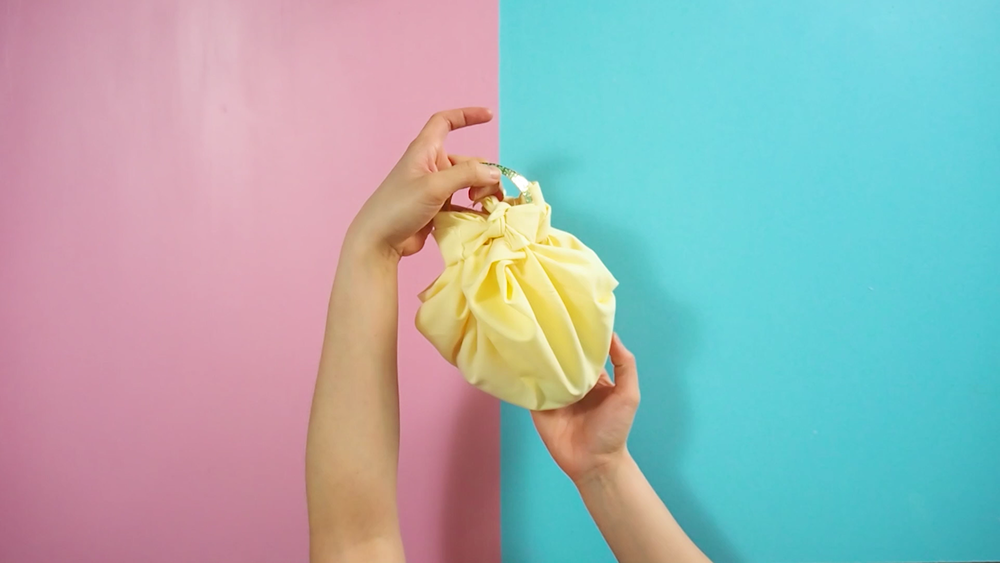
Japan has a lot of beautiful and mindful culture, arts, and ideas. In this video, we want to share the method called "FUROSHIKI" which it's the arts of gift wrapping by using a piece of beautiful cloth.
And you can make different styles of the bag in Furoshiki way too. We like it so much since we can reduce our waste by using only a piece of cloth! :)
Tag us @zerowasteclub and @plantbasednews on instagram to be featured.

PLOY THIRAPONGPHAIBOON
Is working as an intern for Zero Waste Club, making some awesome DIY videos. Here to help you make DIY products that will reduce your waste as well as showing yummy alternatives to non-vegan products and food. Find out more about Ploy’s work over on her Instagram or her Thai Blog.
Comment below with DIY Video recipes you'd like to see. And how did you get on making the recipe?
DIY Laundry Softener
Posted by Pawan Saunya on
Let's use some of the ingredients sitting in your cupboard for a quite a long time to make your own natural laundry softener so you don't need to buy at the supermarket that comes with packaging too!
You will need
1/4 cup Epsom Salt
5 drops essential oil
1/2 cup warm water
1/2 cup baking soda
3 cup vinegar
Tag us @zerowasteclub and @plantbasednews on instagram to be featured.

PLOY THIRAPONGPHAIBOON
Is working as an intern for Zero Waste Club, making some awesome DIY videos. Here to help you make DIY products that will reduce your waste as well as showing yummy alternatives to non-vegan products and food. Find out more about Ploy’s work over on her Instagram or her Thai Blog.
